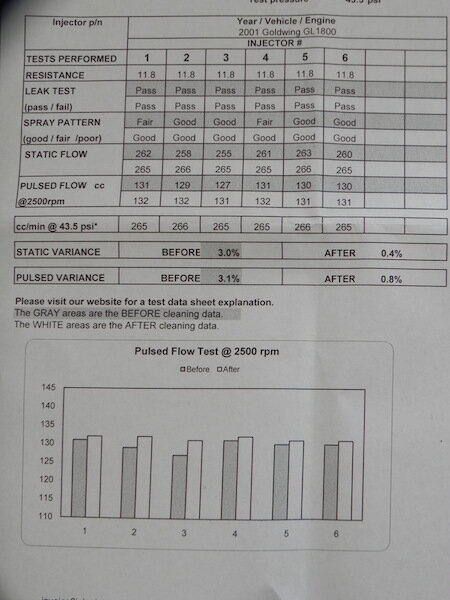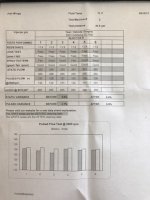GoldWingrGreg
<b>JustWings.com</>
I posted a video today on youtube. Sometimes, noises are hard to capture, and this is an example of such. Here are the symptoms. It's a 2001 that's been sitting on it's center stand for about 6mths on a battery tender. The owner starts it weekly, and allows it to run until the temperature gauge moves to the center mark. He reports SeaFoam was added to the gas months ago. While it was in his garage, he's heard the noise for two startups, so I did a house call.
What I heard was a loud snapping noise like plug wire arching to ground. While cranking it was slow turning over. Once started, there was backfiring in the exhaust. The snapping noise was only there for a few seconds. After 3 more starts, it is now gone. The video captures 2 snapping noises as it is turning over at the 3 sec. mark.
His noise is caused from a sticking valve.
What I heard was a loud snapping noise like plug wire arching to ground. While cranking it was slow turning over. Once started, there was backfiring in the exhaust. The snapping noise was only there for a few seconds. After 3 more starts, it is now gone. The video captures 2 snapping noises as it is turning over at the 3 sec. mark.
His noise is caused from a sticking valve.








